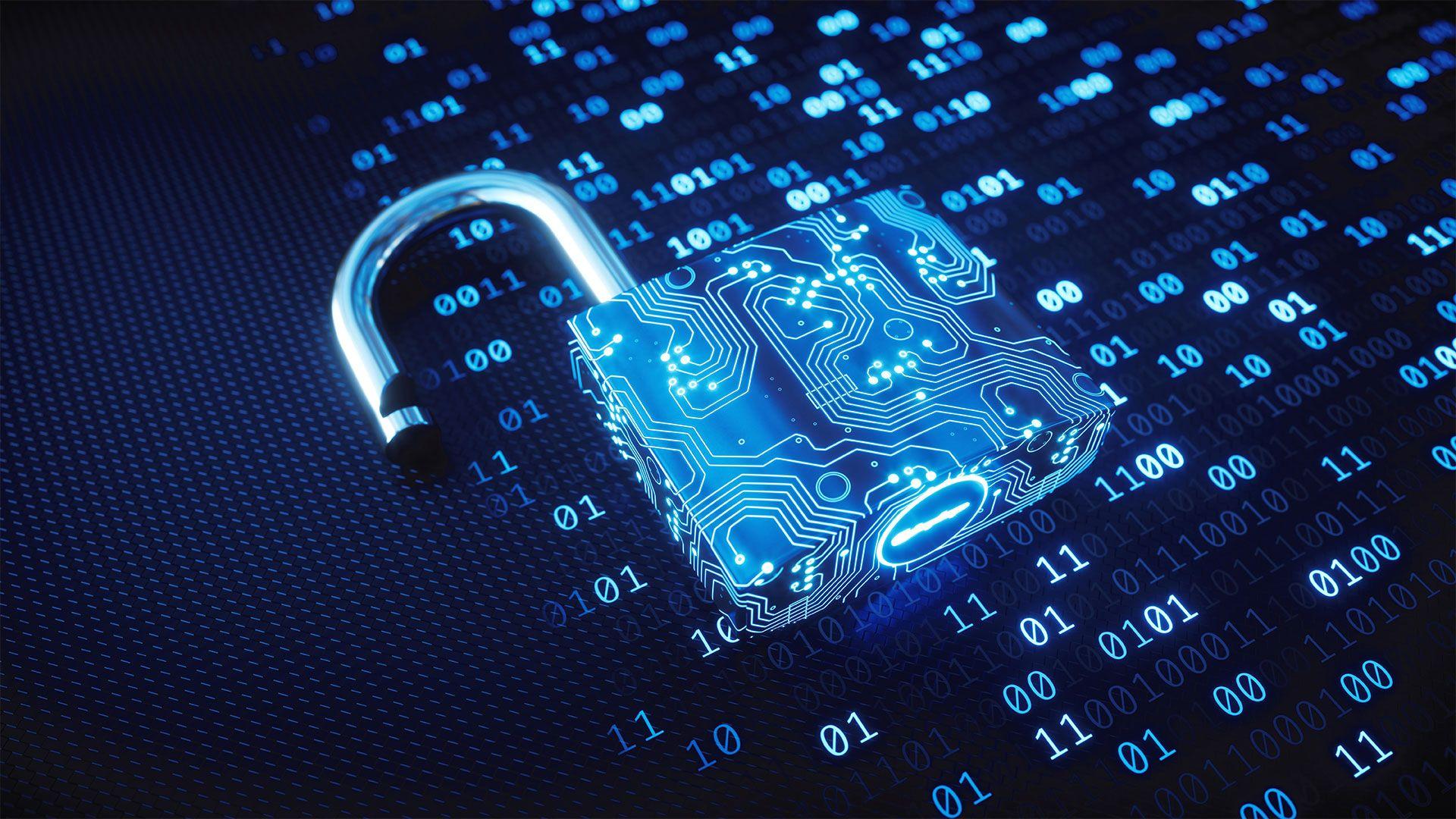Transitioning to a Remote Working Model: Cybersecurity Considerations
Transitioning to a Remote Working Model: Cybersecurity Considerations
Blog Article

As organizations organizations worldwide shift to telecommuting approaches, the significance of cyber security has never been greater. As employees accessing critical information via residential networks and private devices, the dangerous landscape becomes increasingly difficult. Malicious actors are constantly searching for weaknesses to capitalize on, making it essential for companies to bolster their security protocols as they adjust to this emergent way of operating.
Understanding the distinct obstacles posed by remote work is vital for maintaining a strong cybersecurity stance. Companies must not only utilize the latest tools but also cultivate a environment of security consciousness among staff. By tackling these essential issues, businesses can safeguard their data and ensure a smooth shift to work-from-home environments.
Analyzing Information Security Threats
As corporate entities transition to a virtual work model, understanding the information security risks becomes paramount. Workers connect to company resources from different locations, often using individual devices and unsecured networks, increasing the attack surface for potential threats. This transformation demands a comprehensive evaluation of the vulnerabilities that could be exploited by harmful actors, including poor security measures and the human element associated with telecommuting work.
View Details
One main concern is the use of private devices without sufficient security measures. Employees may not have the equivalent level of security on their private devices as they do in a corporate setting. This gap can result to data loss, especially if private information is viewed or shared. It is crucial for companies to establish strict policies regarding device usage and ensure that needed security software is deployed and refreshed consistently.
Another vital aspect is the threat associated with remote access to company systems. Secure Private Networks (VPN) and other encrypted links should be mandatory for using business data. Moreover, employees must be informed on recognizing deceptive attempts and other interpersonal engineering tactics. By focusing on these aspects, organizations can substantially reduce their susceptibility to information security threats while enabling a productive offsite work setting.
Establishing Secure Distant Connection
Implementing safe distant entry is vital for upholding the safety of your business's information. One key step consists of utilizing a VPN. A VPN secures online communications, making it significantly more difficult for harmful actors to capture confidential information. This remains especially critical in a remote work setup where workers may be logging in through less secure networks, such as free Wi-Fi. By standardizing the use of a reliable VPN service for offsite entry, companies can safeguard their information from unapproved intrusion.
In addition to a VPN, strong verification steps should be implemented to additionally boost protection. Multi-factor auth) (MFA) stands as an effective approach to make sure that only authorized individuals can enter business networks. By mandating a second method of authentication, such as a text message code or authentication app, organizations can reduce the probability of hacked passwords resulting to unauthorized invasion. Implementing MFA should be a priority in your cybersecurity plan as it considerably increases the extent of protection for sensitive data.
Finally, regular employee education and information courses can be crucial in strengthening the significance of secure distant connection. Staff should be informed on recognizing malicious schemes, forming secure credentials, and properly using private equipment for company tasks. By cultivating a culture of data protection sensitivity, companies not only safeguard their assets but also encourage workers to take an proactive part in safeguarding organizational assets. Continuous training ensures that distant staff remain aware and updated about the top methods in cybersecurity.
Employee Training and Awareness
In a virtual work environment, team members are often the first line of defense against cyber threats. It is essential to offer thorough training that informs them about possible risks such as scam attacks, malware, and social engineering. Regular training sessions can help workers identify questionable emails, unsecured networks, and fake websites, enabling them to make better choices online. Providing real-life examples of cyber incidents can make the training more relatable and emphasize the significance of vigilance.
An important component of employee awareness is fostering a culture of cybersecurity within the organization. This can be achieved by encouraging open discussions about security practices and threats, as well as acknowledging and celebrating those who exhibit good cybersecurity practices. When employees feel responsible for protecting company data, they are more likely to take cybersecurity with gravity and comply with established protocols. Team activities that mimic cyber-attack scenarios can also boost readiness among staff members.
Regular training ensures that employees stay aware about evolving cybersecurity threats and the latest best practices. Consistent updates on emerging technologies, software weaknesses, and security protocols are necessary to keep all on the same page. Several organizations employ online platforms to deliver perpetual education, enabling employees to access up-to-date information at their own pace. By committing resources in employee training and awareness, companies can significantly lower their risk of cyber incidents and cultivate a more protected remote work environment.
Report this page